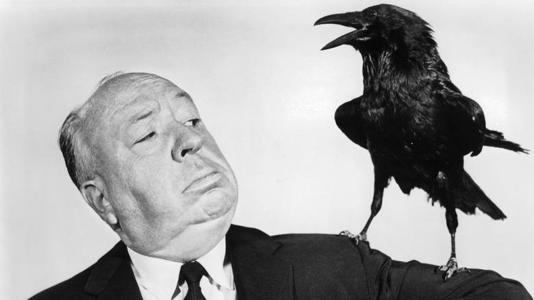Hitchcock
Alfred Hitchcock made a large impression on Scorsese at an early age.
He recalled how he enjoyed Dial M For Murder on its release in 1954, despite it being a 2D showing (it was shot in 3D during the 3D craze of 1953).
Years later, in 1980, Scorsese finally saw the film in its original three-dimensional form and it was a “revelation … Hitchcock used the 3D very expressively and somehow deepened the emotions … It brings the inner worlds of the characters very close to the audience.”
“Dial M For Murder” was required viewing for Scorsese’s crew during the production of Hugo, which creates arresting scenes of 1930s Paris with the modish 3D technology of the late 2000s and early 2010s.
If “Dial M For Murder” was a technical lesson, then “Rear Window” — Hitchcock’s second film of 1954 — was a thematic one that developed Scorsese’s interest in morally dubious protagonists.
“Should he be doing what he’s doing?” Scorsese asked the AFI, referring to James Stewart’s voyeuristic lead character, “What kind of a guy is this? He’s our hero!” Similar questions could be asked of Travis Bickle, Jake LaMotta, and Henry Hill.
Further influence comes from the shower scene in “Psycho,” which shaped a fight scene in “Raging Bull;” and from Hitchcock’s much-celebrated “Vertigo,” the film that entered Scorsese’s “DNA” and “consciousness” . Then there’s “The Key to Reserva,” a 10-minute sparkling wine commercial and faux documentary in which Scorsese presents a skillful imitation of Hitchcockian visual grammar replete with a Saul Bass-style credit sequence and elements of Bernard Hermann’s score from “Vertigo.”











